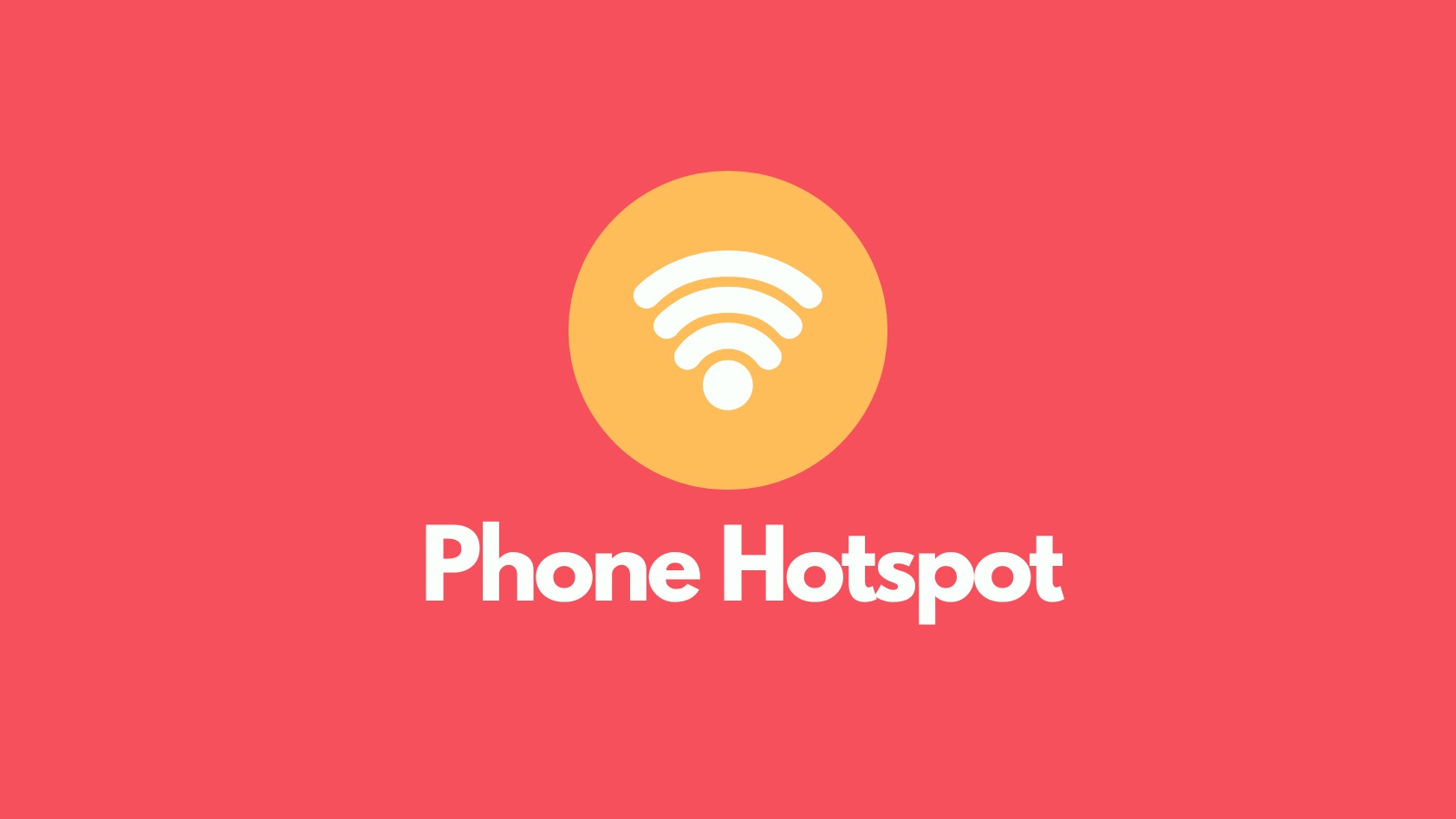Turn Your Smartphone Into a Wi-Fi Hotspot: A Complete Guide
Ever found yourself needing internet access on your laptop but stuck without Wi-Fi? Whether you’re on the move or simply without a connection, your smartphone can save the day. Turning your phone into a personal hotspot is a quick and effective way to get your devices online using your mobile data.
What Is a Mobile Hotspot and Why You Might Need One
A mobile hotspot allows your smartphone to share its internet connection with other devices via Wi-Fi, Bluetooth, or USB. This is especially handy when you’re working remotely, traveling, or facing internet outages at home. Your phone essentially acts as a portable Wi-Fi router.
The best part? It is completely controlled by you—unlike public Wi-Fi, which may be insecure or unreliable. But like anything, it has pros and cons. It is safer and often faster than public networks but may use up your data plan and affect battery life.
Whether you’re using Android or iPhone, hotspot setup is usually simple. Let’s break it down by device type.
How to Use a Hotspot on Google Pixel Phones (Android 15)
Google Pixel users running Android 15 can set up a hotspot in just a few taps. Here’s how:
- Go to Settings.
- Select Network & Internet > Hotspot & tethering.
- Tap on Wi-Fi hotspot to access configuration options.
- Set the hotspot name and a secure password.
- Enable options like auto-disable when inactive and Instant Hotspot for connected devices.
- Toggle on the Use Wi-Fi hotspot switch.
Remember: if Data Saver is active, you might need to disable it to get the hotspot working correctly. This ensures that background data isn’t restricted for hotspot sharing.
How to Enable a Hotspot on Samsung Galaxy Devices (One UI 7)
Samsung Galaxy phones running One UI 7 have a slightly different interface. Follow these steps:
- Open the Settings app.
- Navigate to Connections > Mobile Hotspot and Tethering.
- Tap Mobile Hotspot to edit the hotspot name and password.
- Use Auto Hotspot to auto-connect with devices on your Samsung account.
- Toggle the Mobile Hotspot switch to turn it on.
Here, you can also monitor how much data your hotspot has used. It’s a helpful feature for those keeping an eye on monthly limits.
How to Use a Hotspot on an iPhone (iOS 18)
Apple keeps things user-friendly. If you’re using iOS 18, setting up a hotspot is straightforward:
- Open Settings.
- Tap Personal Hotspot.
- Turn on the Allow Others to Join toggle.
- Enable Maximize Compatibility to use 2.4GHz Wi-Fi for older devices.
The hotspot name will match your iPhone’s name (found under Settings > General > About > Name). The password can be seen and changed directly in the Personal Hotspot screen.
Bonus: Apple’s Instant Hotspot feature lets iPads and Macs signed into the same Apple ID connect instantly, without entering the password. Seamless, right?
Tips to Get the Best Out of Your Phone Hotspot
Using a hotspot is convenient, but a few smart practices can improve your experience:
- Secure Your Hotspot: Always use a strong password to prevent unauthorized access.
- Monitor Data Usage: Hotspots can consume data quickly. Track usage to avoid surprises.
- Limit Connected Devices: Fewer devices mean better speed and less strain on your phone.
- Keep Your Phone Plugged In: Hotspotting drains the battery fast. Use it while charging.
- Use 5G Where Available: For faster and more stable connections, prefer 5G if supported.
Following these tips helps ensure a smooth and secure connection experience every time.
Is It Safe to Use a Phone as a Hotspot?
Yes—if configured properly. Unlike public Wi-Fi, you control your phone’s hotspot. That means you can set strong passwords, manage which devices connect, and turn it off when not in use. It’s safer for transferring personal files, banking, or even joining Zoom meetings.
However, avoid keeping it on 24/7 or sharing it with unknown devices. Also, avoid sensitive activities if you’re unsure about data encryption on the network.
Hotspot vs. Public Wi-Fi: Which One Should You Use?
Let’s compare:
| Feature | Phone Hotspot | Public Wi-Fi |
| Security | High (you control it) | Low (open access) |
| Speed | Dependent on mobile network | May be slow or shared |
| Reliability | Usually consistent | Inconsistent, may drop |
| Battery Impact | High on phone | None |
If privacy and reliability are top concerns, always choose your phone’s hotspot.
Things to Watch Out for When Using a Mobile Hotspot
Though convenient, mobile hotspots come with some limitations:
- Data Usage: Streaming or downloading large files can eat up data fast.
- Battery Drain: Extended use without charging may overheat your device.
- Limited Speed: Speeds may slow down in congested network areas.
- Carrier Restrictions: Some plans may restrict hotspot use or throttle speed after a cap.
It’s a good idea to check with your mobile carrier about your plan’s hotspot limitations.
Frequently Asked Questions (FAQs)
Can I Use My Phone Hotspot Without Data?
No. A phone hotspot uses your mobile data to share the internet. Without a data connection, the hotspot cannot provide internet access.
Does Using Hotspot Drain Battery Faster?
Yes. Hotspot usage consumes more battery as the phone is actively transmitting Wi-Fi signals. Always keep it charged while in use.
Is It Safe to Share My Hotspot with Others?
It is safe if you trust the users and have a secure password. Avoid sharing with strangers or unknown devices.
What’s the Difference Between USB and Wi-Fi Hotspot?
A USB hotspot connects directly to one device and is often more stable and faster. A Wi-Fi hotspot allows multiple devices but may be slower and less secure if misconfigured.
How Can I Limit Who Connects to My Hotspot?
Set a strong password and do not share it casually. You can also monitor and remove connected devices via your phone’s hotspot settings.
Stay Connected Anytime, Anywhere
In today’s fast-paced digital world, staying online is often essential. Whether you’re traveling, attending an event, or working remotely, your smartphone can act as a reliable backup internet source. By setting up your mobile hotspot properly—whether you’re on Android or iOS—you ensure safe, secure, and efficient internet sharing whenever you need it.
Just be mindful of your data usage, keep your phone charged, and use good password practices. With this guide, you are ready to turn your phone into a reliable mobile Wi-Fi router—no matter where you go.






















